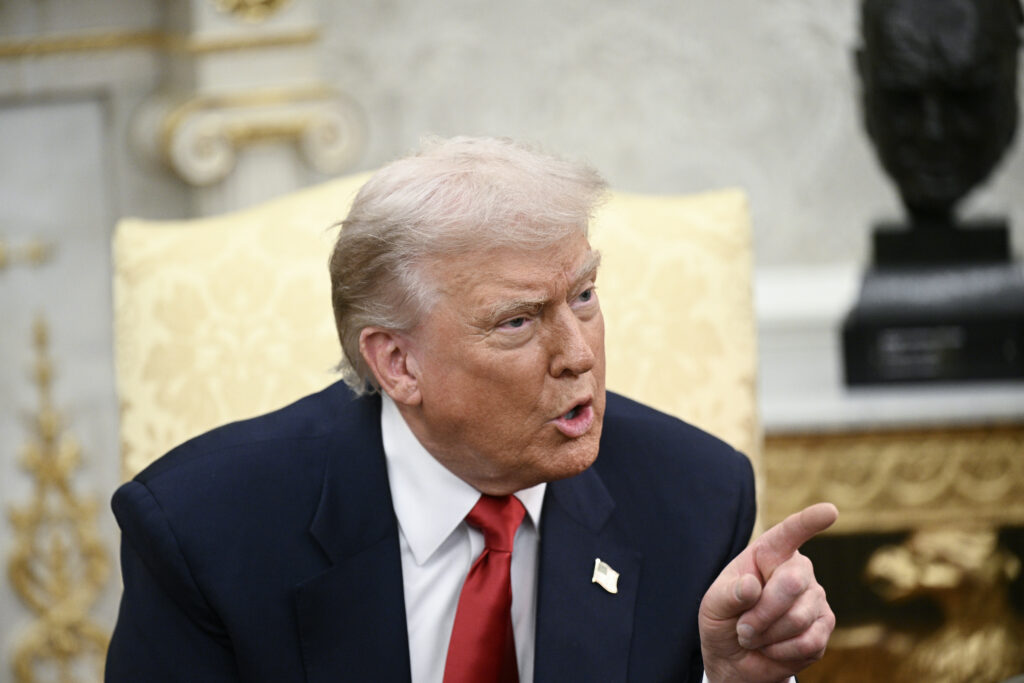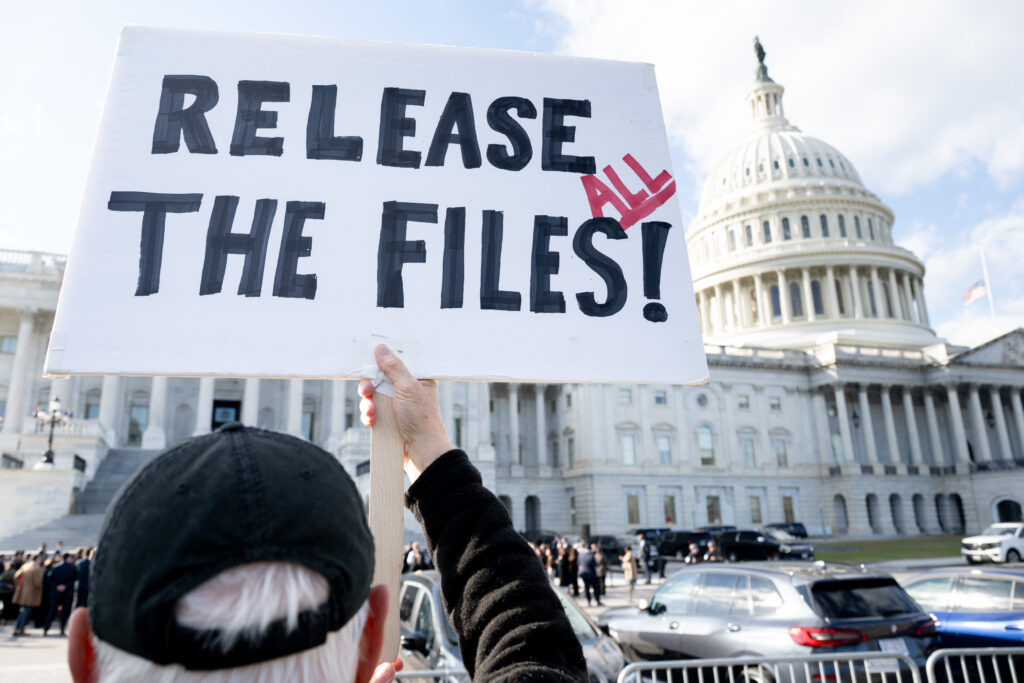Trump threatens ABC News in Oval Office meltdown
An infuriated Donald Trump threatened a US network’s broadcast license Tuesday after its reporter asked questions about his family’s business and the Jeffrey Epstein scandal at a high-profile White House event.ABC News reporter Mary Bruce posed the questions as Trump hosted Saudi Arabia’s Crown Prince Mohammed bin Salman, who was linked by the CIA to the 2018 murder of Washington Post journalist Jamal Khashoggi.Bruce asked about allegations of inappropriate Middle East deal-making by Trump’s family business.Media reports have highlighted deals being discussed between the Trump Organization and Saudi partners, including a luxury resort development in the Maldives.Bruce also quizzed Prince Mohammed, saying “US intelligence concluded that you orchestrated the brutal murder of a journalist, 9/11 families are furious that you’re here in the Oval Office. Why should Americans trust you?””ABC fake news. One of the worst in the business,” Trump cut in angrily.The president said he has “nothing to do with the family business,” currently run by his two eldest sons.- ‘Piggy’ insult -He also backed Prince Mohammed’s denial of involvement in the Khashoggi murder, despite US intelligence suggesting he approved the operation.”You don’t have to embarrass our guest by asking a question like that,” Trump snapped.Bruce later asked about the flashpoint issue of late sex offender Epstein.Trump’s links to the financier have dogged him for months after his supporters previously fanned flames of conspiracies over Epstein, who died by suicide in 2019 while awaiting trial for sex trafficking.”It’s not the question that I mind. It’s your attitude. I think you are a terrible reporter,” Trump shot back at Bruce.”I have nothing to do with Jeffrey Epstein,” the president said, repeating his claim that the scandal is a “hoax.”And “your crappy company is one of the perpetrators,” he told her.”I’ll tell you something. I think the license should be taken away from ABC, because your news is so fake and it’s so wrong,” he added.He urged the head of the US broadcast regulator — who has previously threatened ABC over its content — to “look at that.”He then pointed at Bruce: “No more questions from you.”The latest clash comes after the president called another female reporter “piggy” last week when she asked about Epstein.








